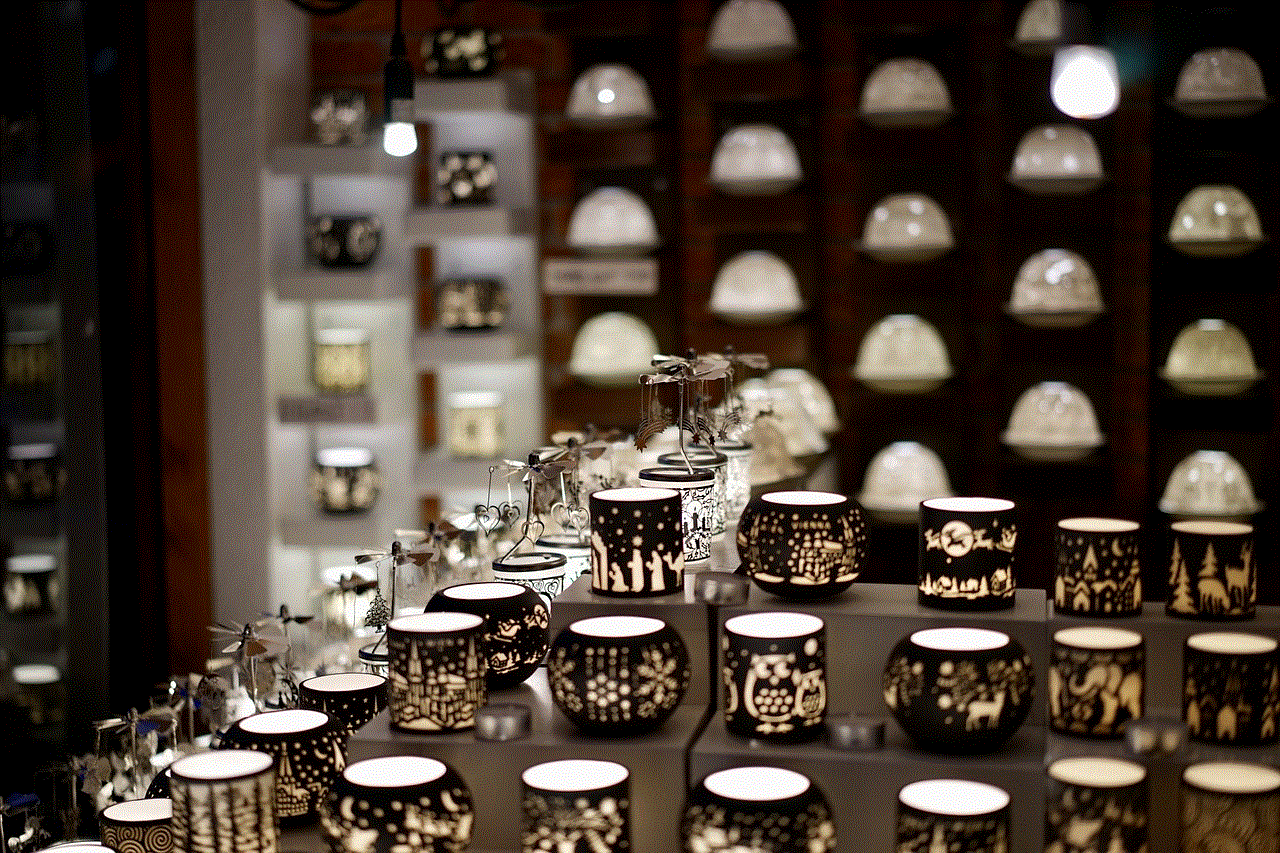why is the blue light flashing on my gopro
The GoPro has revolutionized the world of action cameras, allowing users to capture stunning footage in even the most extreme environments. However, like any electronic device, the GoPro is not immune to technical issues. One common problem that users may encounter is the flashing of the blue light on their GoPro. This may leave many wondering, “Why is the blue light flashing on my GoPro?” In this article, we will delve into the possible reasons for this issue and provide potential solutions.
Before we dive into the possible causes of the blue light flashing on your GoPro, it is important to understand the different types of blue lights that may appear on the camera. The blue light can flash continuously or blink in a pattern, and it can also be accompanied by other colors such as white, red, or green. Each of these variations may indicate a different issue with the camera, so it is crucial to pay attention to the specific behavior of the blue light.
One of the main reasons for the blue light flashing on a GoPro is a problem with the camera’s firmware. Firmware is the software that controls the camera’s hardware and enables it to function properly. If the firmware becomes corrupted or outdated, it can result in various issues, including the flashing of the blue light. To resolve this, users can try updating the camera’s firmware by downloading the latest version from the official GoPro website and following the instructions provided.
Another possible reason for the blue light flashing on a GoPro is a low battery. When the battery level drops below a certain point, the camera will start flashing the blue light to indicate that it needs to be charged. In this case, simply connecting the camera to a power source and allowing it to charge should resolve the issue. It is also worth noting that using a third-party battery or charger may cause compatibility issues, leading to the blue light flashing. It is recommended to use only official GoPro batteries and chargers to avoid such problems.
In some cases, the blue light on a GoPro may flash due to a problem with the SD card. The camera relies on the SD card to store footage and data, and if the card is corrupt or damaged, it can cause the blue light to flash. To troubleshoot this issue, users can try using a different SD card or formatting the existing one. It is also essential to ensure that the SD card is compatible with the camera and meets the recommended speed and storage capacity requirements.
Another potential cause of the blue light flashing on a GoPro is a fault with the camera’s hardware. This can occur due to physical damage or a manufacturing defect. If the camera has been dropped or exposed to water, it can result in internal damage, which may cause the blue light to flash. In this case, it is best to contact GoPro’s customer support for assistance. If the camera is still under warranty, they may provide a replacement or repair the device.
In some instances, the blue light may also flash due to a problem with the camera’s settings. Certain settings, such as the Wi-Fi or Protune settings, can trigger the blue light to flash in specific patterns. For example, if the Wi-Fi is turned on, the camera may flash the blue light continuously, indicating that it is searching for a Wi-Fi connection. Similarly, if the Protune settings are changed, the camera may flash the blue light in a certain pattern to indicate the change. In such cases, simply adjusting the settings to the desired configuration should resolve the issue.
Another reason for the blue light flashing on a GoPro is an error with the camera’s memory. This can occur when the camera’s memory is full or when there is a problem with the memory card. If the camera is trying to save footage but cannot due to a lack of memory, it may result in the blue light flashing. To resolve this, users can try deleting unnecessary footage or using a memory card with a larger storage capacity.
Sometimes, the blue light on a GoPro may flash due to a software glitch. Similar to firmware issues, a software glitch can cause the camera to behave erratically, resulting in the flashing of the blue light. In this case, restarting the camera or performing a factory reset may resolve the issue. It is essential to note that a factory reset will erase all settings and data on the camera, so it should only be done as a last resort.
Lastly, the blue light on a GoPro may also flash due to a problem with the camera’s lens or sensor. If the lens is dirty or scratched, or if the sensor is damaged, it can result in the blue light flashing. In this case, it is best to clean the lens with a microfiber cloth and inspect it for any scratches or damage. If the lens is severely damaged, it may need to be replaced by a professional.
In conclusion, the blue light flashing on a GoPro can be caused by various issues, ranging from simple firmware or battery problems to more complex hardware or software glitches. If you encounter this issue, it is essential to pay attention to the specific behavior of the blue light and try troubleshooting the problem using the solutions mentioned in this article. If the issue persists, it is best to contact GoPro’s customer support for further assistance. With proper care and maintenance, you can ensure that your GoPro continues to capture your adventures with ease.
girls snapchat for nudes
In today’s digital age, social media has become an integral part of our daily lives. From connecting with friends and family to networking with professionals, there are countless platforms that cater to our various needs. However, one social media app that has taken the world by storm, especially among the younger generation, is Snapchat . What sets this app apart from others is its unique feature of disappearing messages, making it the perfect platform for sending quick and casual updates. But like any other social media app, Snapchat also has its dark side, with one of the most prevalent being the exchange of nudes. In this article, we will dive deeper into the world of “girls Snapchat for nudes” and explore the various aspects surrounding it.
Snapchat was launched in 2011, and since then, it has gained immense popularity, especially among teenagers and young adults. The app allows users to send photos, videos, and messages that disappear after a few seconds, making it an ideal platform for sending risqué content. This feature has made Snapchat the go-to app for exchanging nudes, with a recent study showing that nearly one-third of Snapchat users have sent or received sexually explicit content through the app. With the rise of the “girls Snapchat for nudes” trend, there has been a growing concern about the impact it has on the individuals involved.
One of the main reasons why Snapchat has become the preferred app for exchanging nudes is its perceived sense of privacy. Users believe that since the messages and photos disappear after a few seconds, there is no risk of them being saved or shared without their consent. However, this is far from the truth. With the advancement of technology, it is effortless for someone to take a screenshot of the content they receive on Snapchat without the sender’s knowledge. Moreover, there are numerous third-party apps that allow users to save photos and videos from Snapchat without the sender’s knowledge. This lack of privacy has led to many individuals falling prey to revenge porn and cyberbullying, where their intimate photos and videos are shared without their consent.
Another concerning aspect of “girls Snapchat for nudes” is the pressure and coercion that some individuals face to send explicit content. In most cases, it is boys pressuring girls to send nudes, and this often leads to them feeling objectified and violated. This pressure can also stem from a fear of not fitting in or being left out of social circles. With the rise of influencer culture and the constant bombardment of sexualized content on social media, there is an increasing expectation for individuals, especially girls, to present themselves in a certain way. This pressure can have long-term effects on an individual’s self-esteem and body image, leading to feelings of shame and inadequacy.
Moreover, the exchange of nudes on Snapchat has also contributed to the normalization of sexting among teenagers. Sexting refers to the sending of sexually explicit messages, photos, or videos through electronic devices. While some may argue that sexting is a consensual act between two individuals, it can have severe consequences. Many teenagers who engage in sexting are not aware of the legal implications it can have. In most countries, the sharing or possession of child pornography is a criminal offense, and minors who engage in sexting can face serious legal charges, which can have a detrimental impact on their future.
Furthermore, the “girls Snapchat for nudes” trend has also raised concerns about the safety and security of the individuals involved. The app’s disappearing feature can create a false sense of security, leading individuals to share content without fully understanding the risks involved. There have been numerous cases where individuals have been blackmailed and extorted for money in exchange for not sharing their intimate content with others. This can have a severe impact on an individual’s mental health, leading to anxiety, depression, and even suicide in extreme cases.
Another aspect to consider when discussing “girls Snapchat for nudes” is the age of the individuals involved. Snapchat’s terms of service state that the app is only for individuals aged 13 and above, but there is no way to verify the age of its users. This lack of age verification has led to many underage individuals being exposed to sexually explicit content, which can have a profound impact on their psychological development. It also raises concerns about the role of parents and guardians in monitoring their children’s online activities and educating them about the dangers of engaging in such behavior.
While there are many negative aspects to “girls Snapchat for nudes,” it is essential to acknowledge that there can be consensual and safe ways of exchanging intimate content. For instance, some couples may use Snapchat as a way to maintain a long-distance relationship, and in such cases, it can be a fun and exciting way to keep the spark alive. However, it is crucial to have open and honest communication between both parties and to establish boundaries and consent before engaging in such activities.



In conclusion, the trend of “girls Snapchat for nudes” has become a cause for concern, with its impact ranging from privacy and security issues to the objectification and pressure faced by individuals. It is essential to educate young individuals about the risks involved in engaging in such behavior and to promote healthy and respectful relationships. It is also crucial for social media companies like Snapchat to take responsibility and implement stricter measures to protect their users, especially minors, from the dangers of exchanging nudes. Ultimately, it is up to individuals to make responsible choices and to understand the potential consequences of their actions in the digital world.
bitmoji keyboard safe
In today’s digital age, emojis have become an integral part of our daily communication. These small digital images or icons have revolutionized the way we express our emotions, making it easier to convey our feelings through texts and social media posts. However, with the rise of emojis, there has also been a surge in the use of personalized emojis – Bitmojis. These customizable avatars have gained immense popularity, with more than 330 million active users worldwide. While they may seem harmless and fun, there have been concerns about the safety of using the Bitmoji keyboard. In this article, we will explore whether the Bitmoji keyboard is safe to use and the potential risks associated with it.
What is Bitmoji?
Before diving into the safety aspect, let’s first understand what Bitmoji is. Bitmoji is a free mobile application that allows users to create their cartoon avatar using a wide range of customization options. It was first launched in 2014 by Bitstrips, a Toronto-based company. In 2016, Snapchat acquired Bitstrips and integrated Bitmoji into its platform, allowing users to use their Bitmojis in their snaps and chats. With Bitmoji, users can create personalized emojis that resemble their physical appearance, making them more relatable and fun to use in their digital communication.
Is the Bitmoji Keyboard Safe?
The short answer is yes; the Bitmoji keyboard is safe to use. However, like any other app or keyboard, there are potential risks associated with it. One of the primary concerns raised by users is the privacy of their personal information and data while using Bitmoji. As with any other app, Bitmoji collects user data to improve its services and personalize its recommendations. This includes basic information such as name, email address, and age, as well as device information, location, and usage data. However, Bitmoji claims to only collect this data to provide a better user experience and does not sell it to third parties.
Another concern is the safety of the data stored by Bitmoji. As mentioned earlier, Bitmoji collects user data to personalize its recommendations, and this data is stored on its servers. While Bitmoji claims to have robust security measures in place to protect this data, there is always a risk of data breaches and hacking. In 2019, Bitmoji was among the 15 apps that were found to be vulnerable to hacking due to a flaw in its security system. However, the issue was quickly resolved, and Bitmoji users were advised to update their app to the latest version to ensure the safety of their data.
How Does Bitmoji Keyboard Work?
To use the Bitmoji keyboard, users first need to download the Bitmoji app and create their avatar. Once the avatar is created, users can then add the Bitmoji keyboard to their device’s keyboard settings. The Bitmoji keyboard works like any other emoji keyboard, where users can select their desired Bitmoji and send it through their messaging apps. Bitmoji also offers a feature called “Friendmojis” that allows users to use their Bitmojis alongside their friends’ Bitmojis in a single image. While this feature may seem harmless, there have been concerns about the potential risks associated with using Friendmojis.
Risks of Using Friendmojis



One of the major concerns raised by experts is the potential risks associated with using Friendmojis. As Bitmoji relies on users’ contact lists to recommend Friendmojis, it raises concerns about the privacy of users’ contacts. For instance, if a user has a contact who has not created a Bitmoji, Bitmoji will still recommend their avatar, which may reveal their personal information to the user. This can be a potential risk for users who have sensitive information or for those who do not want their personal information to be shared with others.
Another risk of using Friendmojis is the potential for identity theft. As Bitmoji allows users to customize their avatars to resemble their physical appearance, there is a risk of someone using this information to create a fake account or impersonate the user. This can lead to identity theft and fraud, which can have severe consequences for the victim. Therefore, it is essential to be cautious while using Friendmojis and only share them with trusted contacts.
Tips to Ensure Safety While Using Bitmoji Keyboard
While there may be potential risks associated with using the Bitmoji keyboard, there are ways to ensure its safe usage. Here are some tips to keep in mind while using the Bitmoji keyboard:
1. Read the Privacy Policy: Before using any app or keyboard, it is crucial to read its privacy policy thoroughly. This will give you an understanding of how your data is collected, stored, and used by the app, and whether it is shared with third parties.
2. Limit Personalization: While it may be tempting to create an avatar that looks exactly like you, it is advisable to limit the personalization of your Bitmoji. This will reduce the risk of identity theft and protect your personal information.
3. Be Cautious with Friendmojis: As mentioned earlier, there are potential risks associated with using Friendmojis. Therefore, it is essential to be cautious while using this feature and only share it with trusted contacts.
4. Update the App: To ensure the safety of your data, it is crucial to update the Bitmoji app to the latest version. Developers often release updates to fix security issues and bugs, so keeping your app updated is vital.
5. Use Strong Passwords: To protect your Bitmoji account, it is advisable to use a strong and unique password. This will reduce the risk of your account getting hacked.
6. Enable Two-Factor Authentication : Enabling two-factor authentication adds an extra layer of security to your Bitmoji account. This will require you to enter a code sent to your phone whenever you log in from a new device.
Conclusion



In conclusion, while the Bitmoji keyboard may seem like a harmless and fun way to express ourselves, there are potential risks associated with its usage. However, with proper caution and following the tips mentioned above, users can ensure the safe usage of the Bitmoji keyboard. It is essential to be aware of the privacy policy of any app or keyboard before using it and limit the personalization of your avatar to protect your personal information. Additionally, it is advisable to update the app regularly and use strong passwords to prevent any potential risks. By taking these precautions, users can continue to enjoy using the Bitmoji keyboard without compromising their safety and privacy.